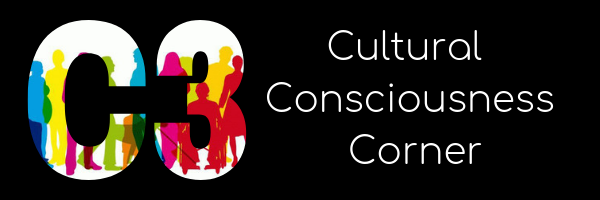Learning About Different Abilities
In general…
All children, both those with disabilities and their typically developing peers, need learning environments that go beyond simply teaching superficial acceptance and politeness (e.g. “be nice,” “play with everybody,” and “we will all get along in this classroom.” Simply put, “niceness” while critical, is insufficient to help young children learn how to value one another’s different abilities. Teachers need to intervene in loving and effective ways with children who are curious about the differences they notice, and they DO notice them. Young children need accurate information about what kids with particular disabilities can and cannot do. And… children with disabilities need information, words, and emotional support for handling questions from other kids.
A few strategies for supporting children’s learning about disabilities include…
- Demonstrate value for each child! Remember… kids hear, watch and notice everything you do!
- Be thoughtful about your use of language: use “people-first” language:
- “Sheryl is a child with Down Syndrome” vs. “Sheryl is a Down Syndrome kid”
- “Davie is visually challenged” vs. “he’s a blind kid”
- “Sam uses a wheelchair” vs. “Sam is wheelchair-bound”
- “Susie has a hearing loss” vs. “Susie is a deaf girl”
- Don’t deny that differences in physical, cognitive, or emotional abilities exist; and… reinforce how kids are similar:
- “You both talk, and you use your voice while Susie uses her hands…”
- “You both move around the classroom, and you use your legs while Sam uses his wheelchair”
- Don’t dismiss children’s expressions of anxiety, rear, or rejection of disabilities as this approach just teaches kids to stop voicing them. Avoid “pity” in your response to children’s expressions, i.e. “we must be nice to Sam since he cannot walk,” as this approach sets Sam apart in negative ways. Note: never talk about a child with disabilities as if she is not present.
- Lovingly yet firmly interrupt hurtful language, bullying, teasing, laughing, etc. and remind kids that your classroom has a “zero tolerance” policy. Remember that young children will repeat terms they’ve heard others use, and while they often don’t know the true meaning, they sometimes know words can be hurtful (e.g. retard, lame, dumb, spaz, cripple, ).
- Introduce a variety of disabilities through pictures, posters, books, and dolls.
- Provide supervised times to explore adaptive equipment (note: don’t let other children touch a classmate’s adaptive equipment without first getting permission from the child’s family and then from the child).
- Create opportunities for parents of both domestic and international students to share their traditions on what works best for creating inclusive environments.
Examples of specific modifications you can consider include…
(source: Pamela Brillante)
- Painting and drawing time: use the floor and/or try setting up easels which allow children to stand and use bigger arm movements (Note: some children have a hard time painting or drawing on a tabletop because it involves using very small muscles in the hands and wrists which may not yet be developed).
- Books: make “book boards” available and add jumbo paper clips to regular book pages to make them easier for children to turn.
- Environment: arrange classroom furnishings so all children can maneuver around the room and learning centers by themselves (Note: make sure all materials are within reach, classroom clutter is minimal, and unstable flooring is removed, e.g. throw rugs, etc.).
- Noise: Managing noise is important to learning and behavior for all children. Use sound absorbing materials like wall hangings, carpets, heavy drapes, felt, and chairs with tennis balls on the bottom of metal legs to help minimize loud noises.
- Classroom materials: adapt materials for independence, e.g. add pencil grips to crayons and markers to make them easier for children with motor difficulties to hold.
Sources and links to additional information:
- Anti-Bias Education for Young Children and Ourselves, by Louise Derman-Sparks and Julie Olsen Edwards
- https://adayinourshoes.com/resources-to-teach-kids-about-disabilities-awareness-and-inclusion/ (note: this article has some great links to other good sites)
- https://adayinourshoes.com/wp-content/uploads/Disability-Awareness-Packet.pdf (note: this document is several years old and uses outdated language which you can update)
- https://www.naeyc.org/resources/pubs/tyc/sep2017/every-child-belongs
- https://www.gettingsmart.com/2018/04/working-with-special-needs-students-what-do-all-teachers-need-to-know/

